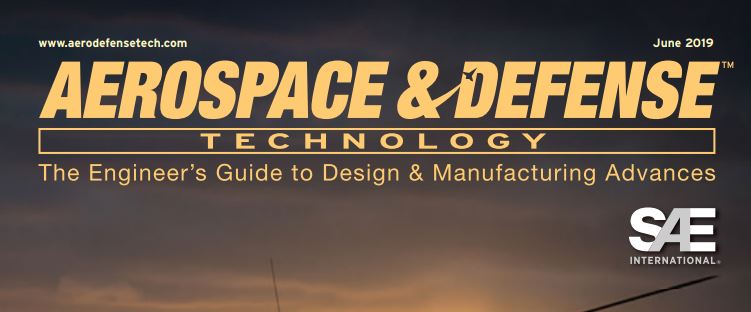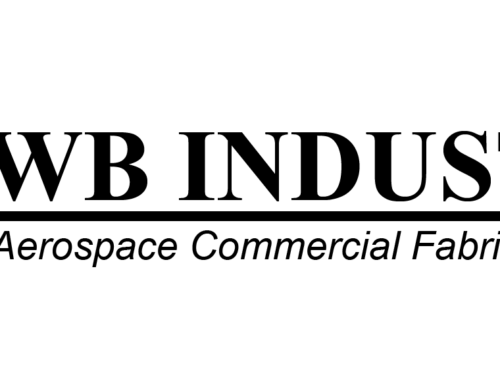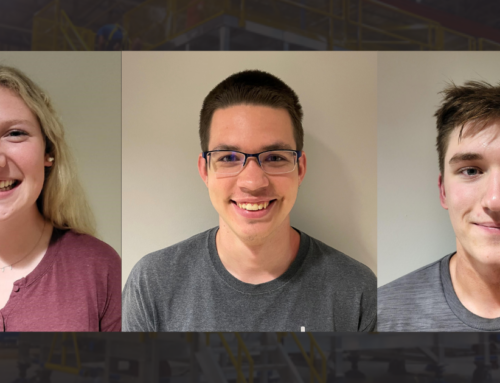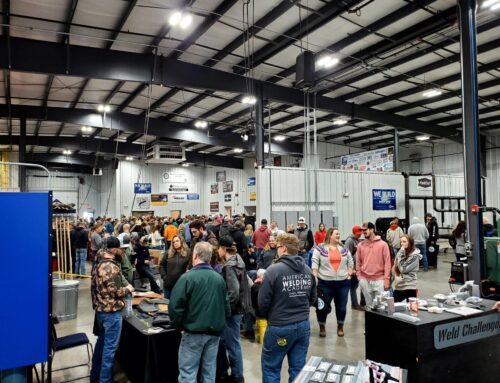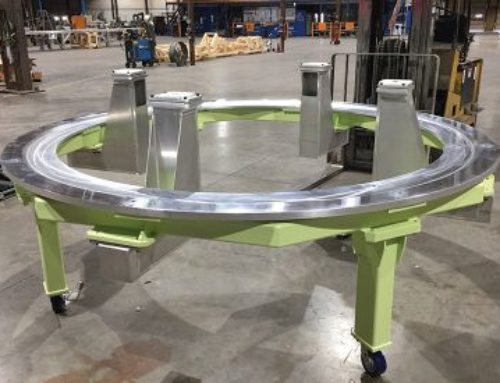Today’s work platforms are far more complex than the simple designs of the past.
By: Ken Wasiuta, WB Industries
For maintenance personnel in the aerospace industry to do their jobs effectively, they need to be able to get physically close to the equipment they are working on. This statement sounds obvious, but in order to meet this requirement, it is very important to utilize quality work platforms. Although most people are familiar with the basic uses of work platforms, there is not always much thought given to everything that goes into their design and fabrication.
In years past, simple platforms were widely used for a variety of different work applications, however, much more is demanded of them in modern facilities. These increased demands have forced the work platform fabrication industry to evolve. The design and fabrication of today’s platforms require manufacturers with expertise, experience, and skill. Fabricators and designers must incorporate specialized features in many areas never before seen or even considered. Safety, configurability, mobility, material selection, worker access, and utilities are all requirements that need to be considered.
Safety

The first and most critical element of the modern work platform is that it has to be fully OSHA-compliant. Many older platforms that are still in use today do not meet OSHA standards. It could be that the stairways are too steep or the platform lacks sufficient handrails. So, the first step to ensuring safety is to adhere to OSHA guidelines. This requires a sophisticated level of communication between the end user, the fabricator, and the designer. Every element of the work platform must be compliant.
One piece of the safety puzzle that’s been gaining more and more attention in recent years is the non-slip walking surface. Proper, reliable traction for personnel on a work platform is one of the most effective ways to protect against injuries. Traditionally, common tread plate was a standard feature, however when this kind of surface encounters some moisture, it can become very slippery. Beyond tread plate, slip-resistant roll-on, brush-on, spray-on coatings have become more popular choices. Another strategy, which utilizes engineered wood installed over corrugated metal decking, has recently emerged. With this approach, a sandpaper grit is formed on a fiberglass sheet and then bonded to wood.
Finally, more end-users are requiring a metallic grit substrate that can be applied to the platform surface. This is done through a thermal spray process, shot at a very high temperature. As it cools, it melts and creates a non-slip surface that essentially never wears out.
The next box to check in the safety category is load certification. Calculations must be made based on the load requirements of the actual job, and the platform must be proof-tested to ensure it meets those needs. Load certification may be required for the entire platform or just a specific section.
Some smaller, while still critical, elements to the safety of a work platform, are fall-restraint tie-off points, foam features, and foreign object debris (FOD) containment features. In aerospace maintenance, personnel often need to get to challenging areas and an extra level of safety is needed to accommodate this. By utilizing fall-restraint tie-off points, the operator can tie into a hook and get to the dangerous edge of the platform safely.
Foam features are designed to protect workers and product. There can be many protruding shapes on a work platform (I-beams, elbows, etc.) By adding a foam feature on these shapes, personnel are less likely to injure themselves by mistakenly walking into them.
FOD (foreign object damage – stray parts or debris that could damage a jet engine if ingested) containment is a current focus of attention. When an operator finds a piece of FOD, a containment feature provides a place to put it so it doesn’t end up somewhere that it shouldn’t. This helps maintain the integrity of the job being worked on.
Finally, explosion-proof components must be considered when designing and fabricating a work platform. Depending on where the platform will ultimately be used, there may need to be special illumination incorporated into the design that won’t accidentally produce a spark that could ignite flammable gases and liquids.
Configurability
The physical requirements of the modern-day work platform can be complex. First and foremost, end users are looking for multi-level platforms. As everyone is trying to keep costs low, users want one platform that does a number of different things. This means it needs to be configurable both horizontally and vertically, as it must sit at several different levels off the ground. Furthermore, sometimes, the end user may not know exactly what height the platform will need to be used at. This means the platform must be designed to accommodate this unknown. Features such as slider decks, removable panels, and flop boards can help make the platform adjustable enough to meet most configurability needs.
Platforms can now be designed to be height-adjustable and also include related features such as adjustable-angle stairs. Even more specialized, there are times when a work platform must be designed to have piecemeal assembly and disassembly capabilities. Situations can arise where an end user must squeeze a work platform through a very confined portal, and then “open it up” once inside in order to perform a specific task. In this instance, the platform must be able to be carried in pieces and then be easily reassembled.
Mobility
One of the most important considerations when designing a work platform is its mobility. Work platforms are generally heavy and moving them around a plant or facility can be a daunting task. Traditionally, the platform is designed to roll on casters. This can be challenging, however with the old technology. Luckily, caster technology has advanced so that, although they can hold just as much weight, it only requires a fraction of the force to push them. This is accomplished by incorporating multiple wheels on one caster, reducing friction. Incorporating an air caster improves the mobility of work platforms even more. This technology creates a cushion of air, allowing an operator to move 2,000 pound-plus work platforms by themselves.
Work platforms can also incorporate linear rails. This could be anything from built-in lifts to boards that extend out. These functions enable linear motion and are critical when an operator must position a heavy part of the platform.
Material Selection Considerations
In addition to safety considerations and configurability requirements, material selection is important to understand. First, what type of environmental or chemical considerations (corrosion resistance) must be incorporated into the design? Platforms need to be able to withstand their intended operating conditions — for example, salty environments along the coastline.
Some materials may be prohibited. The end user may not be able to use a particular type of metal in the same environment as their product — chemicals may degrade the platform.
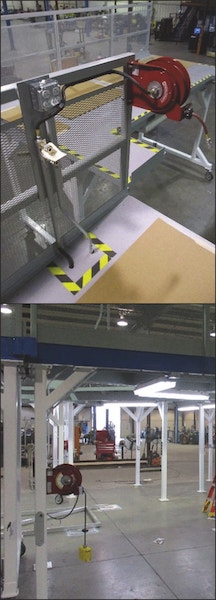
Another consideration for material is electrostatic discharge (ESD) control features. Walking around on a platform can generate static electricity that will discharge when a ground is made. If there are sensitive electronics, grounding jacks should be installed throughout the platform.
Finally, weight considerations must be addressed when selecting the material. The platform may need to be under a certain weight in order to keep it mobile.
Systems and Utilities
The modern work platform needs to be equipped with a variety of utilities to satisfy the operator. For example, general and task lighting must be present, and their controls should be right at the operator’s fingertips. The electrical capabilities may need to be single phase, multiphase, or low voltage. There could be hydraulic, pneumatic, or vacuum requirements. An operator may need a lab-quality vacuum with low pressure for a certain task.
Finally, with today’s plugged-in world, there are data requirements for work platforms. Data cables need to be run in order to accommodate computer workstations.
The simple work platform is being swallowed by time. The modern-day facility is looking for a platform that meets specific material and safety requirements and can perform a number of different functions. By utilizing these specialized pieces of industrial equipment, facility managers can be confident their maintenance personnel have every advantage available to do an effective job.
This article originally appeared in the June issue of Aerospace and Defense Technology Magazine

